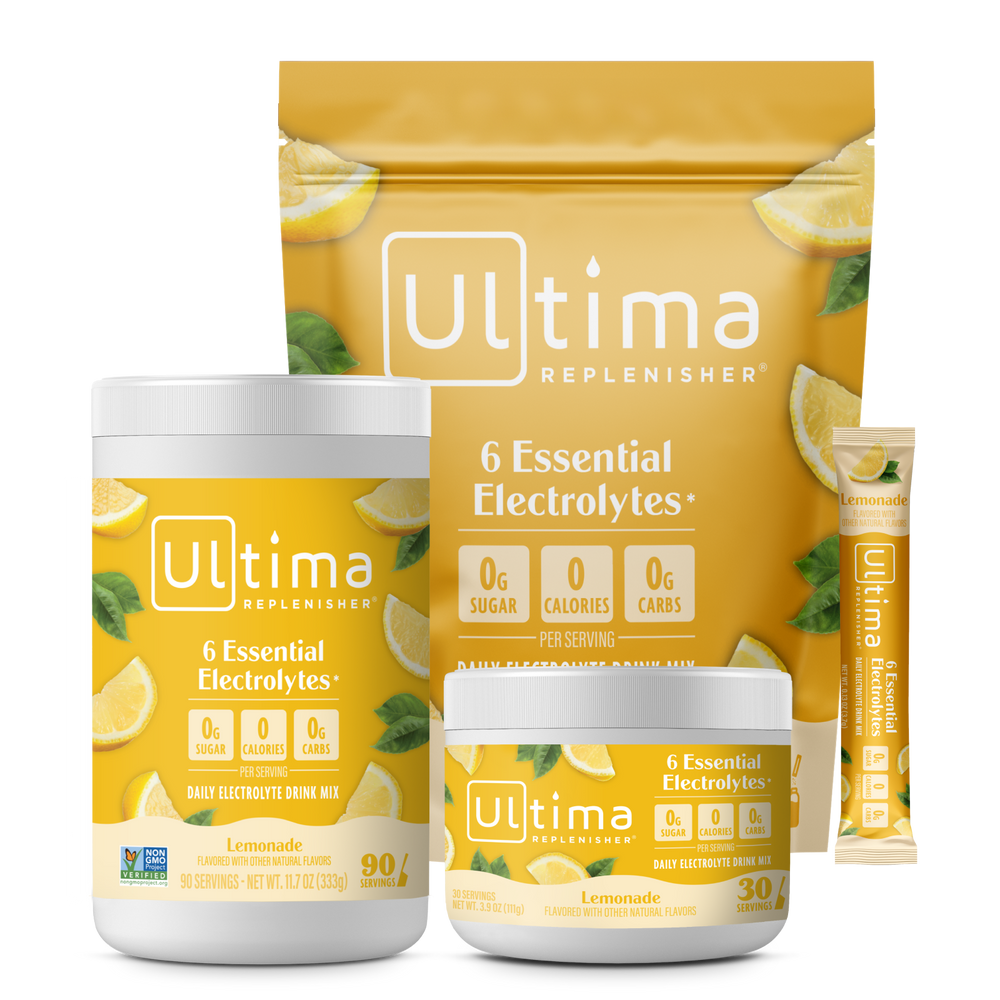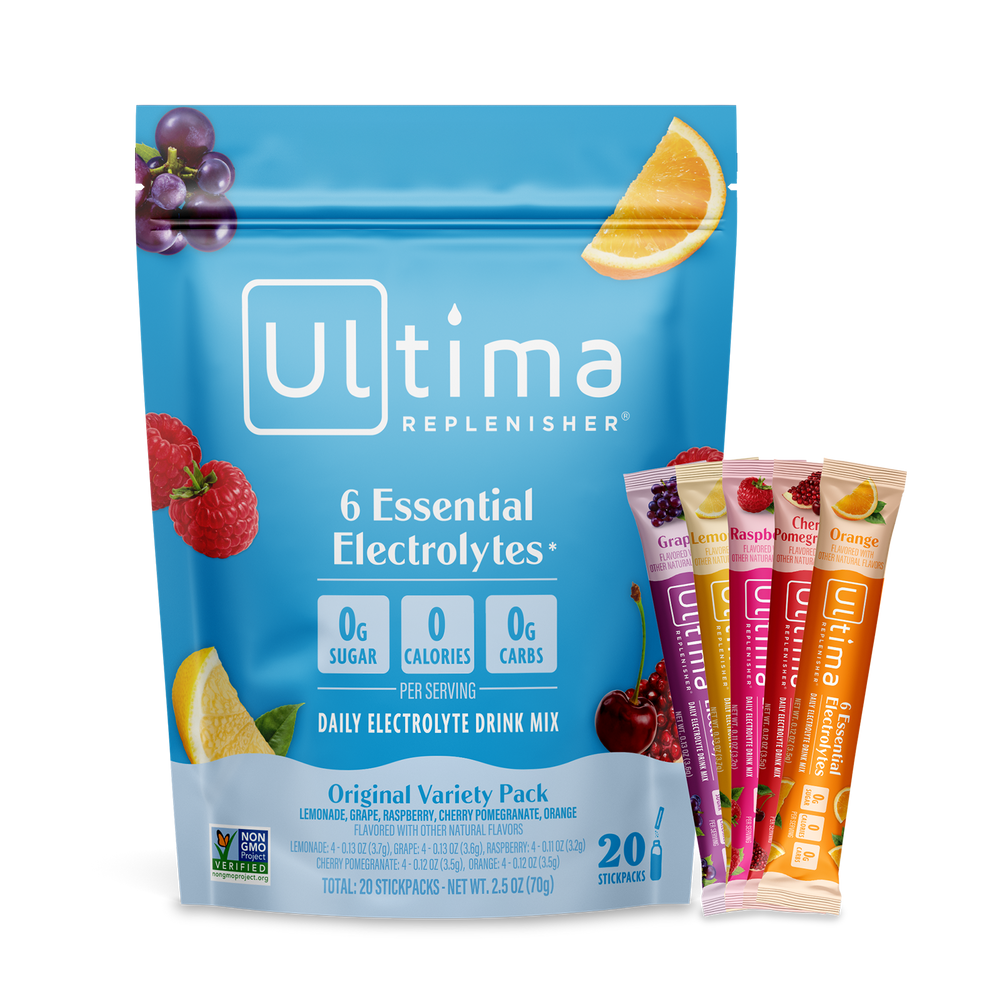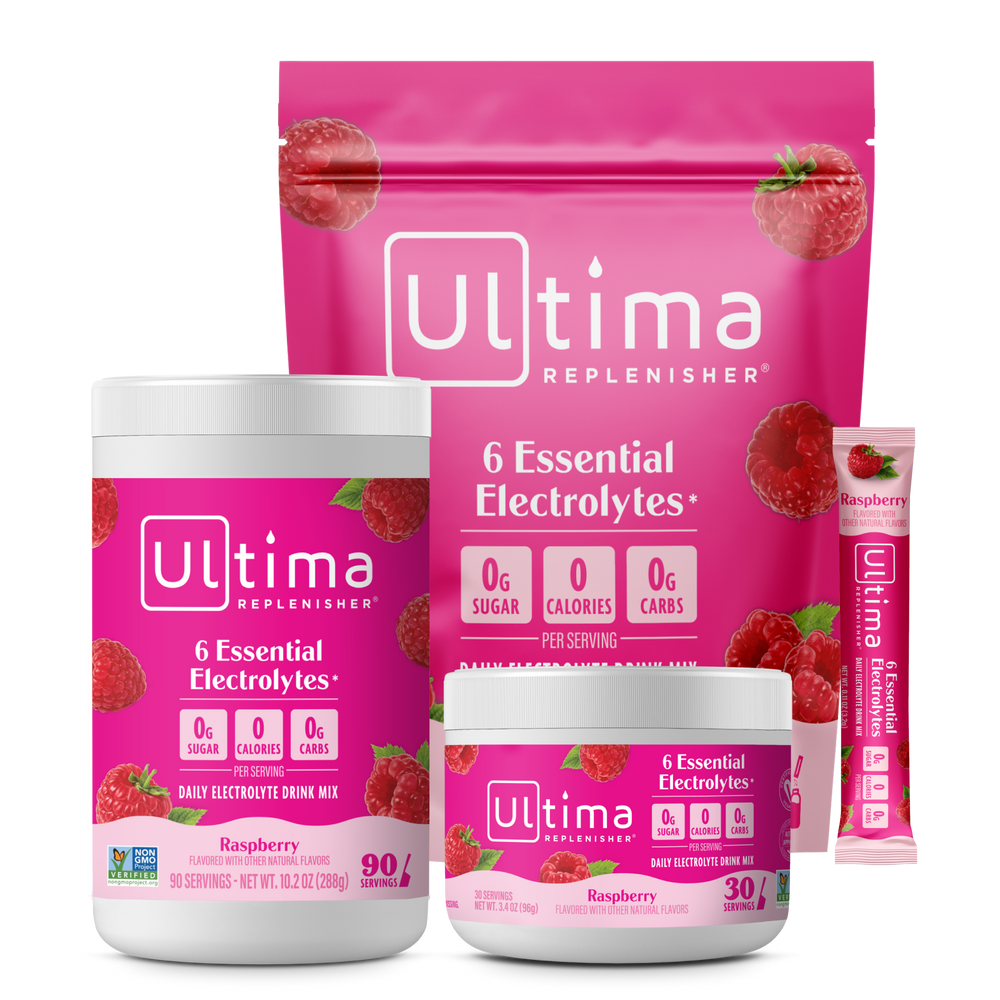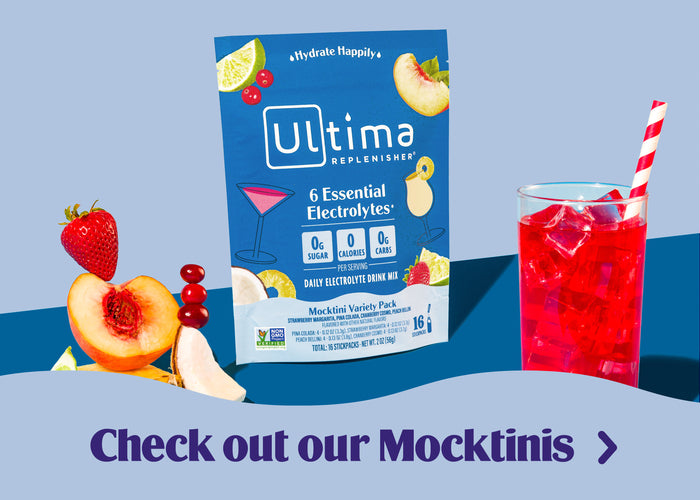
Before You Hit the Bike, Bring a Bottle
Whether you like cycling in the heat of summer, riding a beach cruiser along the boardwalk, or going for bike rides in the mild temperatures of spring and fall, one thing remains the same: hydration is key.
Even minor dehydration can make pedaling efficiently more of a struggle and can end a once-pleasant bike ride in a hurry.
Why Even Casual Cyclists Need to Hydrate
Every day, your body needs water and electrolytes to regulate muscle function, brain function, blood pressure, heart rate and digestion—and these are just some examples. Add exercise to the mix and you need to be more intentional about preventing dehydration and replenishing lost water and electrolytes.
As you bike, you lose water mostly through sweat and breathing. If you're going for a quick ride to a nearby store and back or biking to the beach a few blocks away, it's always a good idea to bring your water bottle. If you’re going for a longer ride, even at a slow speed, you’ll want to bring a water bottle or two or hydration pack with you.
Signs of dehydration
Signs of dehydration can be subtle, but can progress quickly while exercising, so be sure to pay attention to changes in how your body feels. If you find yourself needing more effort and exertion to bike up a small hill or cover your favorite trail, insufficient hydration could be the cause, which means rehydrating may be the solution. Will hydrating make you powerful enough to tackle every big hill with ease? No, but staying hydrated will help you perform at your own optimal level.
Look out for common signs of dehydration while biking:
- Fatigue
- Thirst
- Dry mouth
- Headache
- Increased heart rate, more than your normal cardio range
- Muscle cramping
Keep in mind, as your body heats up during exertion and produces sweat as a way to keep cool, water is pulled from your blood first and then from muscles and other body tissue. Electrolytes help your body tissues retain these fluids, but you have to keep replenishing them.
The key is to stay ahead and hydrate proactively. You’re not drinking fluids to feel better immediately, you’re drinking fluids to feel better down the road.
How to Hydrate While Biking
The best thing to do to stay hydrated while biking is to hydrate BEFORE heading out on the bike. Even better, especially if you’re biking a moderate distance or will be out in the heat, add electrolytes to your water. Electrolytes help you maintain a balance of fluids in your blood and other body cells, particularly sodium, potassium and chloride. And magnesium, phosphorus and calcium all are crucial for muscle function and oxygen delivery to muscles—in other words, they can help you prevent cramping.
Getting a balance of these vital minerals without adding any “junk” ingredients like sugar, artificial sweeteners, or artificial dyes and flavors is important too. Some of these junk ingredients and different sugars and sugar alcohols can contribute to digestive distress—not something you want while biking.
Other tips for maintaining hydration during biking include:
- Use a water bottle that fits in the bike’s water bottle cage or basket.
- Wear a hydration pack that allows you to sip regularly while pedaling.
- Drink a few sips or gulps from your water bottle or pack every 10 to 15 minutes.
- Drink an electrolyte drink that contains sodium and potassium if you lose a lot of salt through sweat (you’ll see white stains on your clothing).
- Bring hydrating snacks—cucumber slices, berries or melon balls—to eat midway through your ride or at planned stops.
- Add calories, carbs and electrolytes on more intense or extra-long rides with refueling gels, bars, wafers or chews.
- Use an app or alert on your phone or smartwatch to remind you to hydrate throughout the ride, since it’s easy to get caught up in the scenery or fun and forget to sip regularly.
Note that if you're consuming high-carb, caffeinated energy drinks—even if they have electrolytes in them—they can triggers gastrointestinal distress, and the caffeine can contribute to dehydration or at least, not hydrated as well as you think. And if these drinks have artificial sweeteners, sugar, and other artificial ingredients in them, you could be adding to that risk of GI distress. And by the way, if you’re cycling to lose weight, those high-carb or high-calorie drinks might actually be hindering your progress.
How outside temperature affects hydration needs
Most of the hydration tips so far apply broadly to biking outdoors in mild temperatures such as in spring and fall. In the hotter conditions of summer, you’ll want to drink more and be sure to include electrolytes to stay ahead of dehydration, especially if you’re a heavy sweater. Use an insulated water bottle (make sure it fits in the bike cage) or hydration pack to keep water from getting too warm from the sun and heat.
If biking in colder temperatures, you’ll need less water and electrolytes than in hot weather even if riding a longer distance. However, know that you may not be able to rely on feeling thirsty to judge adequate hydration because of the way cold temps dull your thirst response. This means you’ll need to hydrate more intentionally so you don’t accidentally dehydrate. You may even find you feel better during the ride if you drink warm water instead of cold. This helps increase your core temperature and allows your blood vessels to constrict less in the cold, which can keep blood flowing better to all parts of your body.
If you want some help figuring out how much fluids you should bring given the length and conditions of your ride, consider using a hydration calculator This can give you a starting guideline that you can adjust based on your own preferences or health needs. The general rule is to drink one ounce of water for every two pounds of body weight.
Rehydrate After You Ride
Hydrating properly helps with recovery time and how you feel the next day. In addition to hydrating while you ride, you’ll want to replenish lost water and electrolytes after you finish your ride. If you only drank water during your ride, now is the perfect time to add in some replenishing electrolytes. Make it a celebration with friends and enjoy your favorite Mocktini electrolyte drinks together. Add some hydrating foods or simply add an electrolyte mix to your protein recovery shake and your body will thank you.
Again, ingredients are important—look for more natural ingredients, no or limited sugar, and avoid artificial sweeteners and sugar alcohols that can cause tummy trouble. This makes it easier for your body to soak up vital nutrients and recover.








